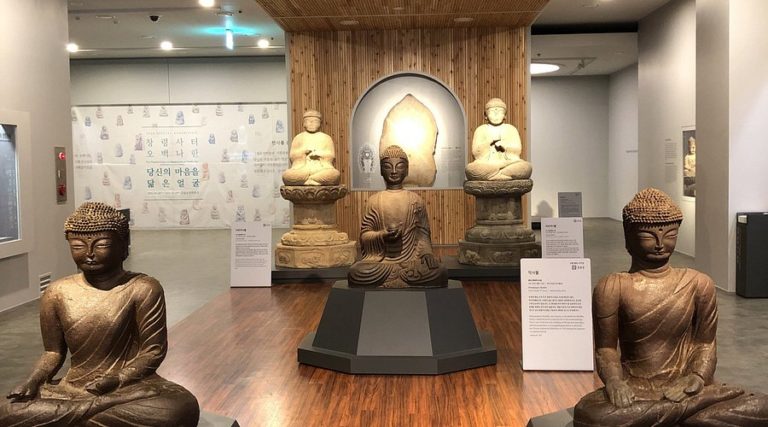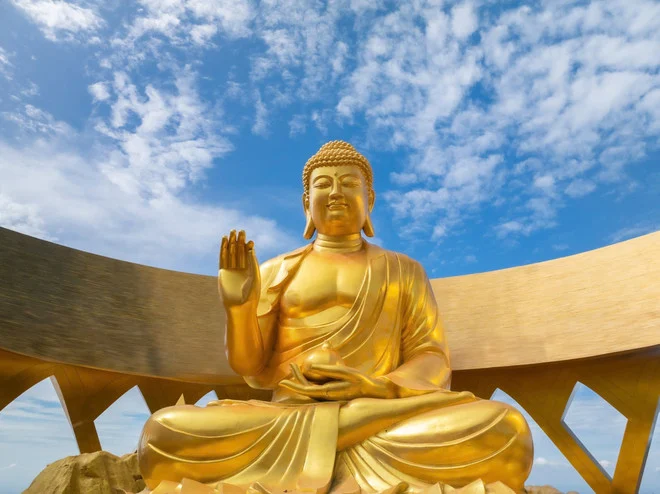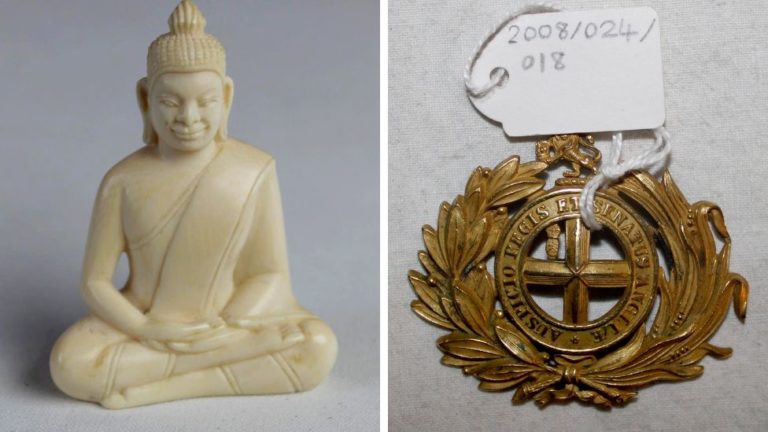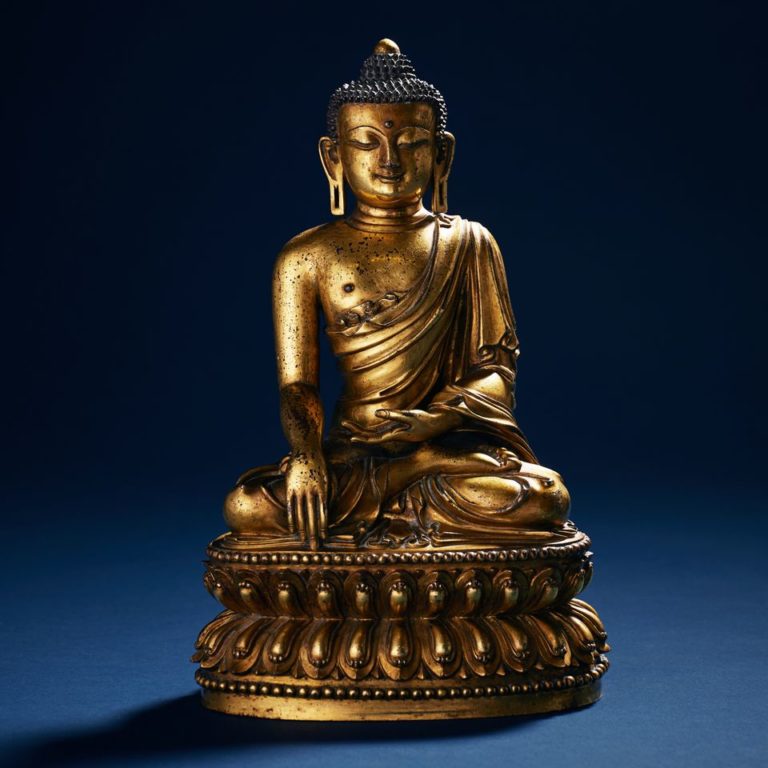This apart, a large idol of a Buddhist goddess and 5th century sealings have been recently found from the excavated area.

BHUBANESWAR: Remains of a Chaitya Griha have been found near the three colossal Buddha heads that were earlier excavated from the Ratnagiri site.
The ongoing excavations at Ratnagiri, also known as Odisha’s ‘Hill of Jewels’, by the Archaeological Survey of India (ASI) has revealed a rectangular Chaitya Griha (a shrine complex of Buddhist Gods and Goddesses), believed to have housed the three colossal Buddha heads. The complex, which is 20 x 7 metres in dimension, has intricate brick and stone masonry and also houses a large number of votive stupas.
ASI superintending archaeologist DB Gadnayak said a Chaitya Griha has never been documented during the previous excavations in Ratnagiri, while remains of similar complexes exist in the nearby Lalitgiri and Udayagiri. Besides, various deities of Tathagata, Vajra and Padma Kulas (the three Buddha families) have been discovered from the site.
This apart, a large idol of a Buddhist goddess and 5th century sealings have been recently found from the excavated area. Referring to Tibetan Buddhism (also called Vajrayana or tantric Buddhism) paintings, the archaeologists of ASI believe the 60.5 cm-high idol may be of Gandhatara. The sealings are in Brahmi script.
The excavation that is aimed at finding out possible links to Southeast Asia and development of Vajrayana monastic complex in eastern India during the early medieval period, has been going on since December last year. Excavations so far have revealed three colossal Buddha heads and a variety of monolithic votive stupas featuring Buddhist deities like Tara, Chunda, Manjusri, Dhyani Buddha etc and series of Sanskrit Inscriptions on sealings and sculptures.
Archaeologists said findings of hundreds of monolithic to structural votive stupas made out of brick and stone of different size and dimension also housing divinities within the niches are significant finds as it shows transition from Mahayana and Vajrayana Buddhism. They added that the site may have played a significant role in the spread of Vajrayan to Southeast Asia from Eastern India.
The last excavation at Ratnagiri was done six decades back by Debala Mitra, India’s first woman archaeologist. Among many things, the early findings had revealed architectural members, a series of votive stupas, and a brick stupa with a crisscross design.
Diana Sahu




